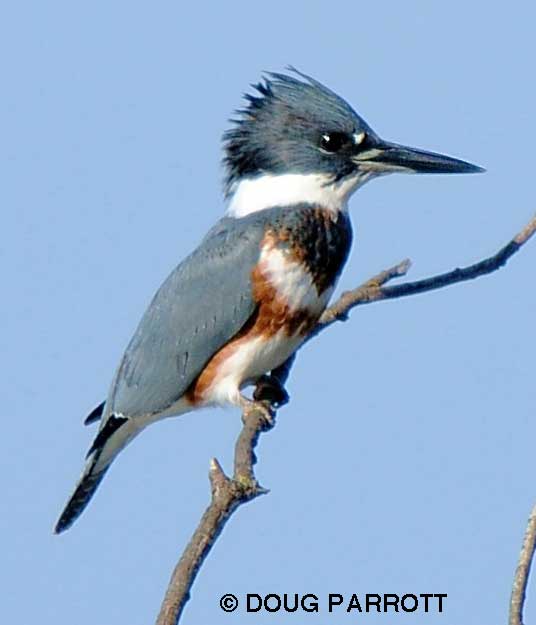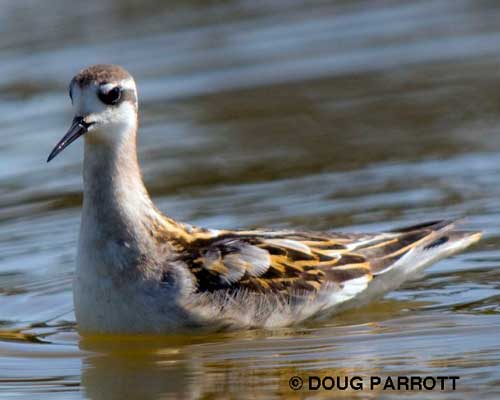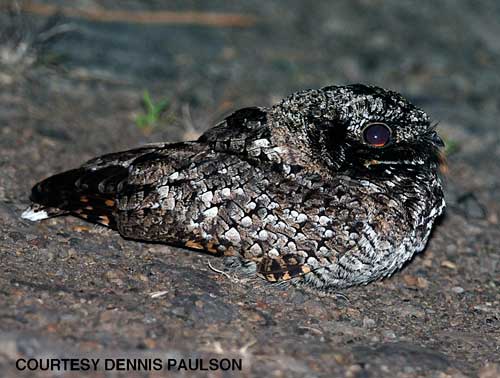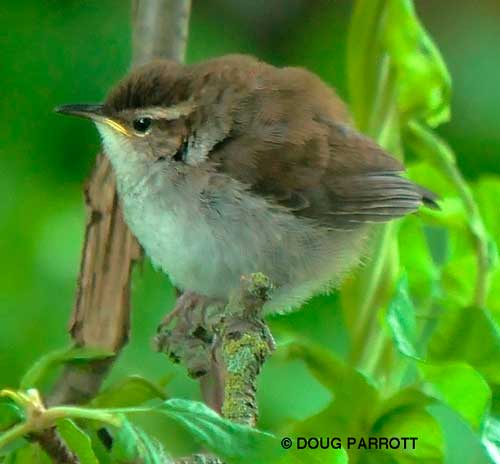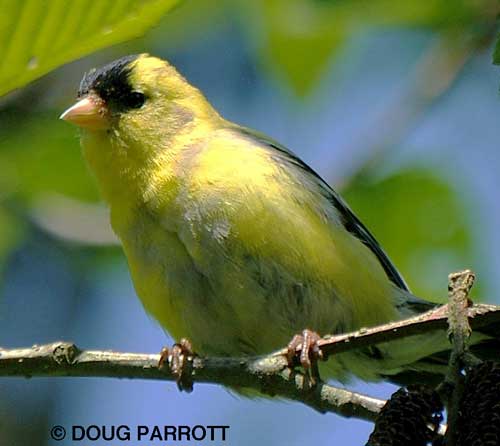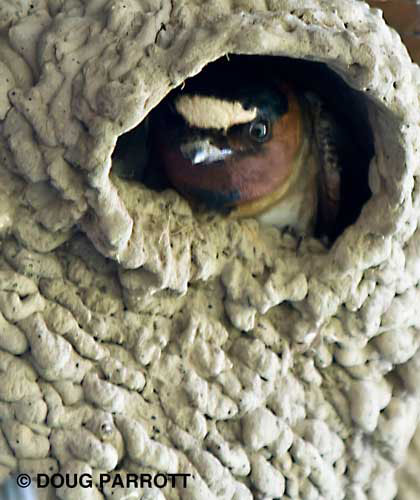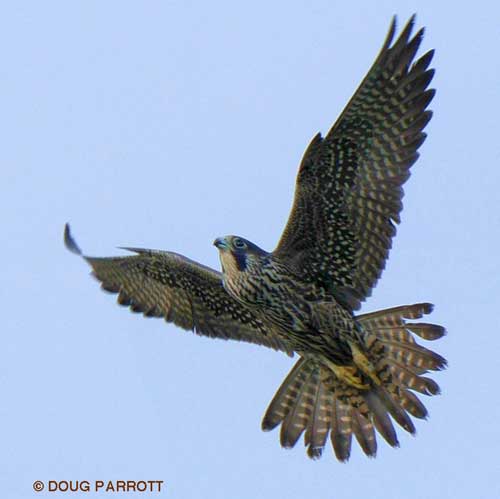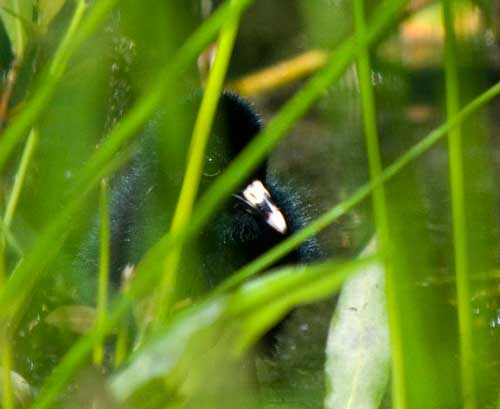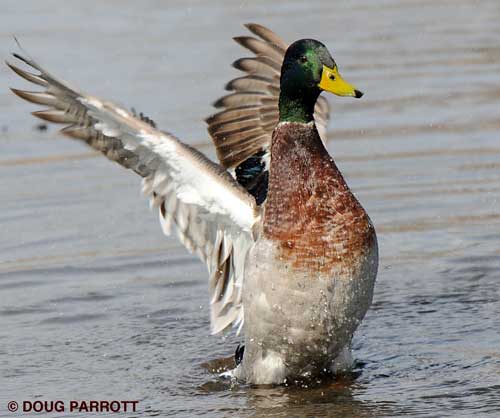The “dog days of August” may oppress the rest of the nation, but they are completely unknown at the Fill. On the contrary, August is one of the most exciting months in our calendar. Shorebirds and songbirds from the Far North are migrating through the Fill now, so you never know what will show up. All you know is you’re going to be surprised, and the surprise is going to be good. Where else in life can you find that?
In the past few days, we’ve hosted a Semipalmated Sandpiper (a bird that should be migrating east of the Cascades, but oops); three Solitary Sandpipers (uncharacteristically in a flock, since usually they really are solitary); and a Red-necked Phalarope (headed eventually for the ocean, where it will spend the winter). Flycatchers can be found in the willows and bushes, bursting forth suddenly to catch a fly on the wing and then returning to the dense foliage to hide. Flycatchers are songbirds whose songs and feathers are equally drab. Most of the ten or twelve species we see here look almost exactly alike. They are best told apart by song, but in the fall they rarely if ever sing! Makes for a great ID challenge, as you look for minute differences in eye-ring and wing bar. Warblers are also coming through now – my very favorite bird family. Wood warblers are tiny bundles of energy who hunt for insects along leaves and branches. Many are gorgeously colored, even in the fall, and I always smile when I find one. Yesterday I found a lemon-yellow Yellow Warbler whose color rivaled the sun.
But perhaps the most exciting thing about August is the fact that this is the time when newly fledged raptors show up at the Fill. At 75 acres, the Fill is really too small to host full-time raptors, but the juveniles don’t know that. They come here hoping to establish their own territory, away from the more experienced and aggressive adults. It’s fun to watch them. They remind me of my own twenty-somethings: full of energy but not so full of experience.
Yesterday three Sharp-shinned Hawks appeared with their mother. She introduced them to their new dining room and then left for her own territory. The hungry younglings began to hunt, but really they were pretty clueless. The first one sat in a tree with more than a hundred American Goldfinches perched just out of reach. The goldfinches weren’t scared at all. They knew a hawk catches food with its feet, and how was this one going to do that, perched on a low branch? The second hawk scared up a Green Heron on Main Pond, but the heron was bigger than the hawk, so that didn’t work. The third hawk started out after a Barn Swallow. I’m not absolutely sure the swallow even knew it was being chased. Swallows can fly at least twice as fast as Sharp-shinned Hawks, and this swallow never even looked back. Finally, the three hawks gathered together on a tree to think about things.
That’s when they made their biggest mistake. A Belted Kingfisher flapped over from the canoe house, headed for her favorite fishing hole, the Southwest Pond. All of a sudden, the three hawks rocketed forth from their tree, intent on capturing the kingfisher. The kingfisher gave one startled squawk and then did what all kingfishers would do in this situation. She lost her temper. Rattling off a series of unprintable phrases, she looped-a-loop behind the startled hawks and began pecking at them with her saber-like beak. The hawks tumbled in the air trying to escape. Finally the kingfisher flapped off, leaving the young hawks to preen their addled feathers back into shape. Lesson for the day: never agitate a bird with a sharper beak and a bigger attitude than yours.

